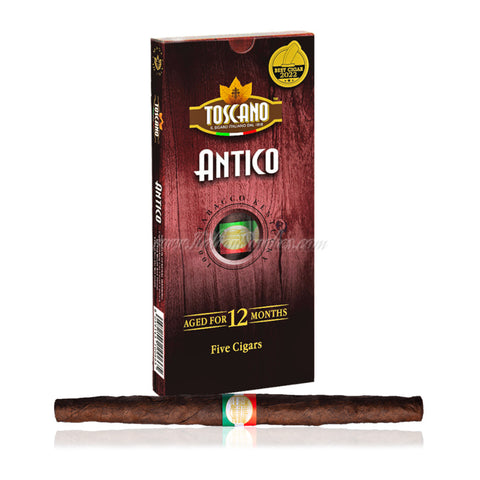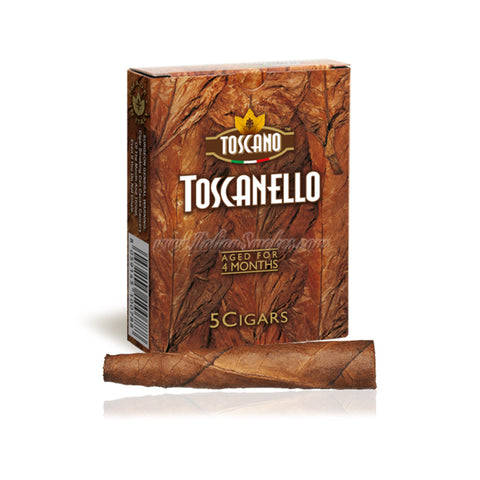You may be familiar with Cuban or Italian cigars, but do you know the differences between them? Both are steeped in heritage, tradition, and passion, but they have distinctive characteristics that offer different smoking experiences. Understanding the differences between these two types of cigars can enhance your appreciation for each.
Origin and Tradition
Originating in Cuba, Cuban cigars benefit from the island’s climate, rich soil, and centuries of tradition in tobacco cultivation. The art of Cuban cigar making is passed down through generations, with a focus on hand-rolling techniques and premium tobacco leaves.
Italian cigars, on the other hand, have their roots in a different kind of tradition. Known for their unique flavor profiles, Italian cigars, particularly the famous Toscano cigars, are often made from Kentucky tobacco. The process includes flame-curing and wet fermentation, which imparts distinctive flavors and aromas that set them apart from other cigars. Higher quality and limited edition Italian cigars are typically hand-rolled, while others are rolled with a machine.
Structure
Cuban cigars are typically longer, allowing for a gradual burn that many enthusiasts appreciate. Similar to other popular cigar types, Cuban cigars are made with filler tobacco that is rolled in binder tobacco, and then wrapped in wrapper tobacco.
Italian cigars, which are often cheroot cigars, have a slightly rougher wrapper texture that is often characterized as rugged and rough. These cigars are typically thinner, more elliptical in shape, and open at both ends. Interestingly, Italian cigars are not made with binders; the filler tobacco is typically rolled right into the wrapper tobacco.
Flavor Profiles
The flavor of Cuban cigars is often characterized by a balance of rich, creamy notes with a range of complexities, depending on the blend. Common tasting notes include earthy undertones, hints of spice, and floral elements. This variety is due in part to the diverse regions within Cuba, each contributing unique flavors based on local growing conditions.
Italian cigars, particularly Toscano, feature a bolder and more robust flavor profile. The flame-curing process lends itself to a smokier taste, with pronounced earthy and woody notes. Some varieties, including the flavored Toscanello Aroma cigars, have hints of sweetness and creaminess, which offer more mellow, unique smoking experiences. The emphasis on strong flavors makes Italian cigars a favorite among aficionados.
Smoking Experience
Cuban cigars are often celebrated for their smooth draw and easy smoking experience. Italian cigars, in contrast, are often cut in half and enjoyed in shorter sessions due to their size and boldness. Their construction may also result in a different draw, which can be more robust.
Conclusion
Cuban cigars are extremely popular among cigar aficionados. If you enjoy Cuban cigars and haven’t tried an Italian cigar yet, we suggest that you do. It will be a unique smoking experience you are sure not to forget. Feel free to check out our blog post on Recommendations and Pairings, or reach out to our Customer Care team to ask for cigar suggestions!




